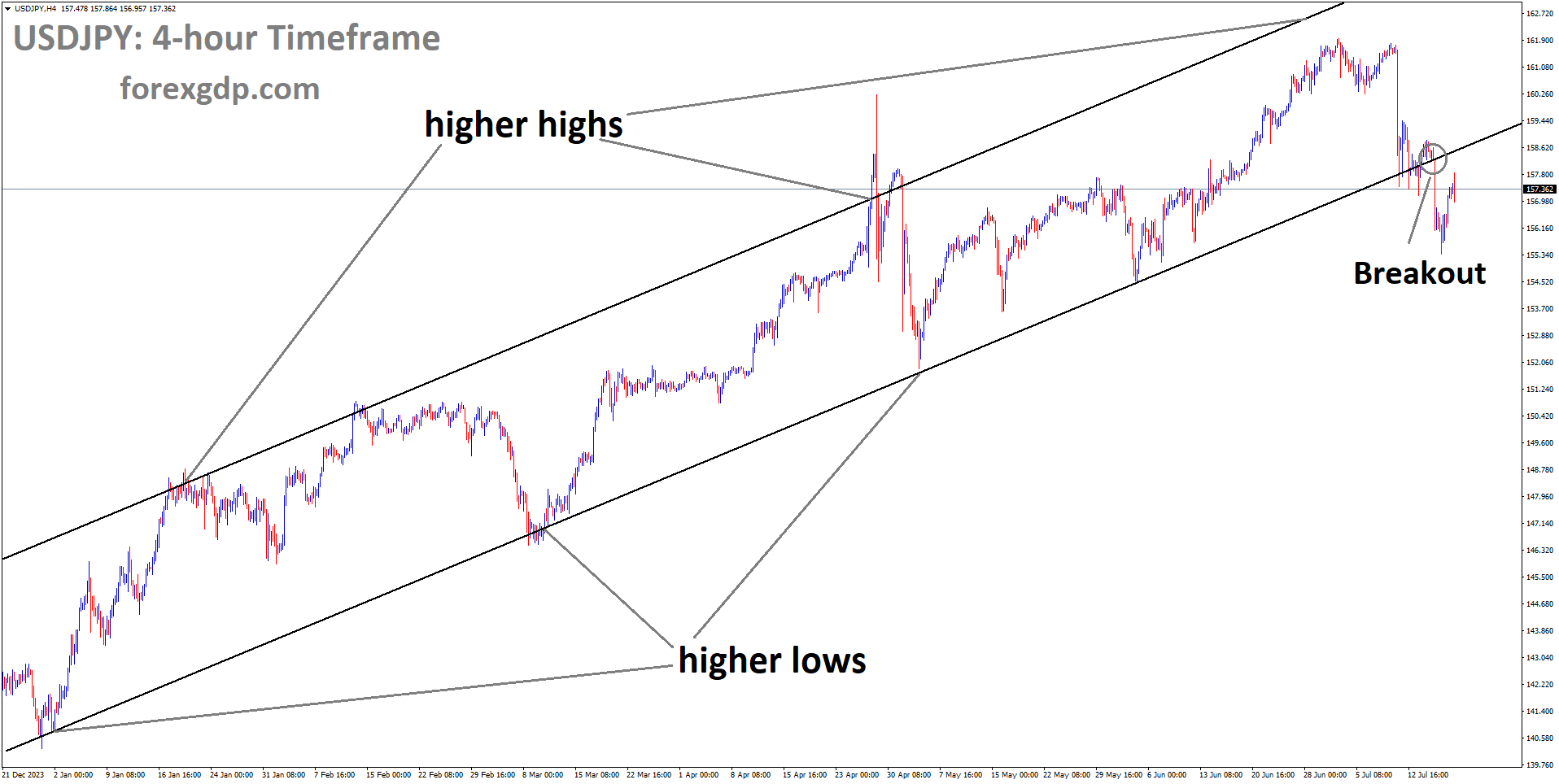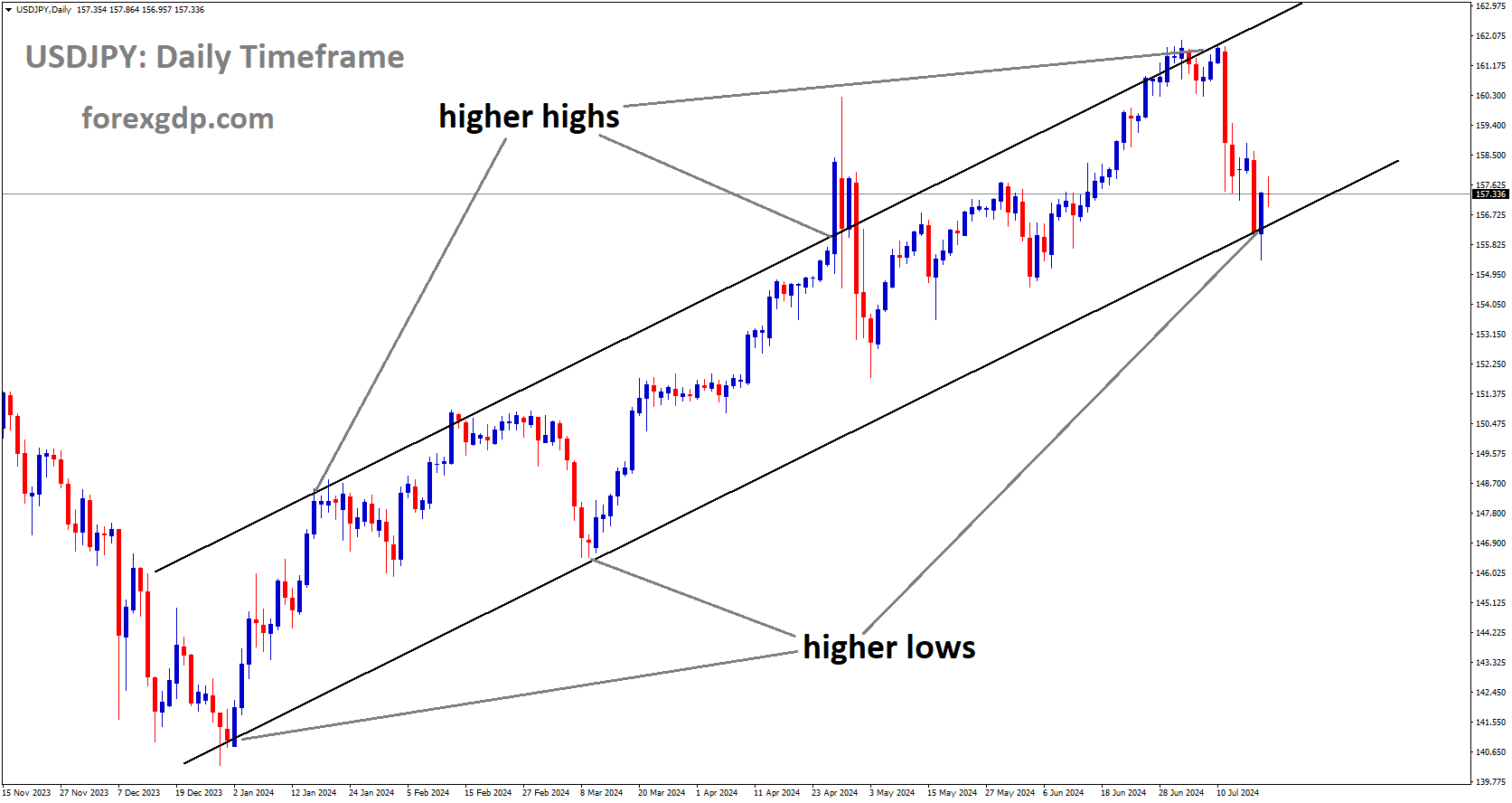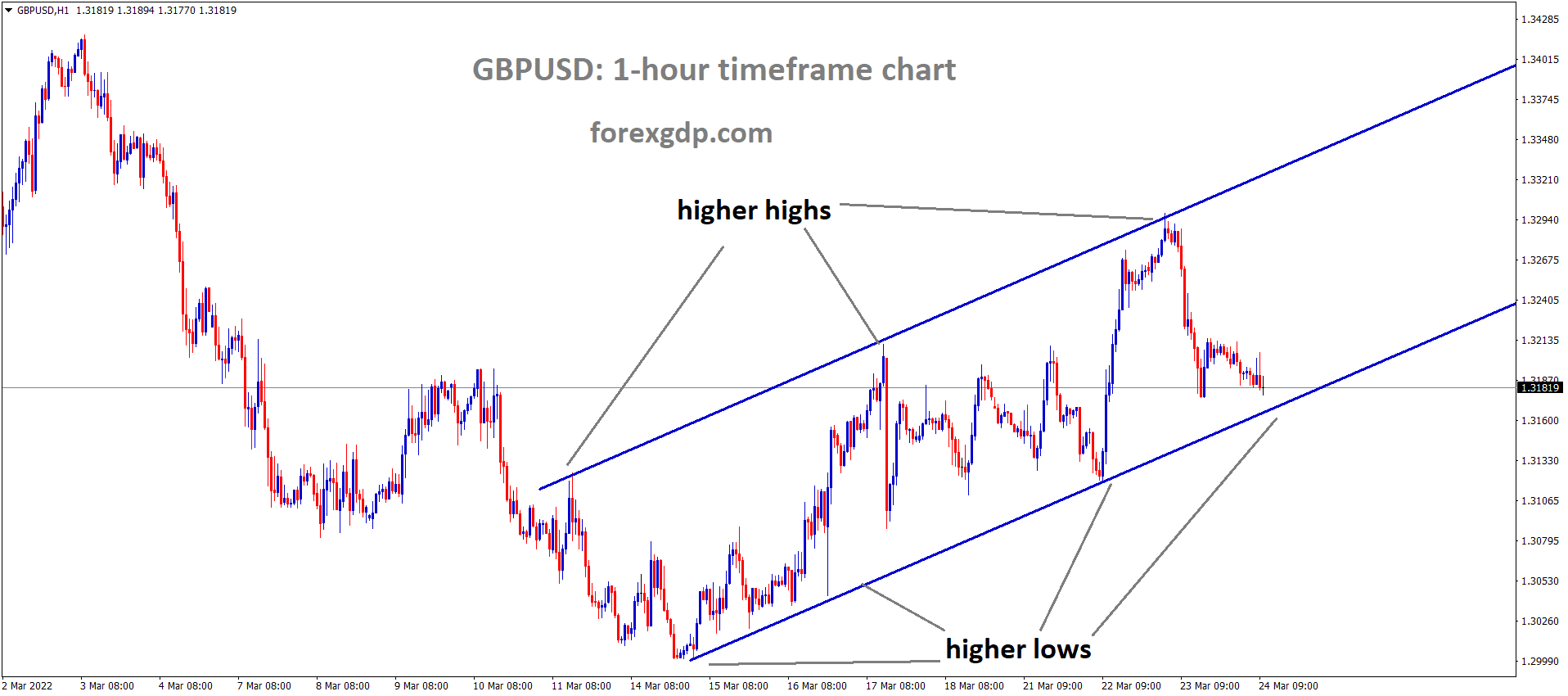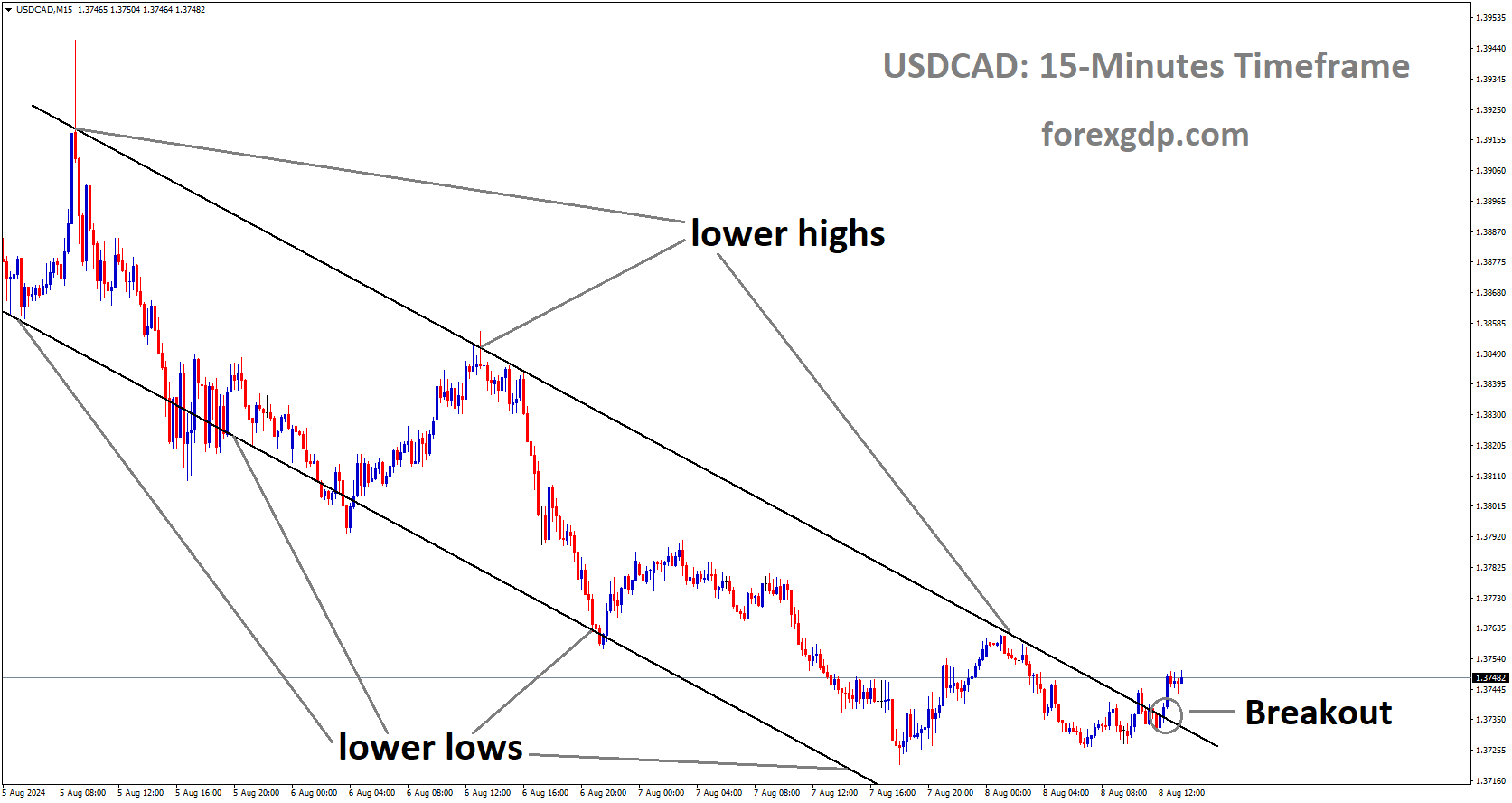USDJPY has broken Ascending channel in downside
Japanese Yen Faces Continued Pressure Amid Mixed Inflation Data
The Japanese Yen (JPY) is experiencing ongoing losses following the release of mixed inflation data. Japan’s National Consumer Price Index (CPI) for June held steady at 2.8%, matching the previous month’s figure and remaining at the highest level since February. However, Core CPI inflation rose slightly to 2.6%, just above the previous reading of 2.5% but below the consensus estimate of 2.7%.
Understanding Japan’s Inflation and Government Bond Yields
Japan’s inflation data has been closely monitored as it indicates the health of the economy. The steady CPI at 2.8% suggests that prices are increasing at a consistent rate. This is crucial because inflation affects purchasing power and the overall cost of living. Core CPI, which excludes food and energy prices, rose to 2.6%. This slight increase is significant as it shows underlying inflation trends without the volatility of food and energy prices.

Amidst this, Japan’s 10-year government bond yield is trading at around 1.04%, recovering from recent lows. This rebound is partially due to statements from Digital Minister Taro Kono, who suggested that the Bank of Japan (BoJ) should raise interest rates again to support the Yen. While he later clarified that monetary policy decisions are up to the BoJ, his comments have sparked discussions about potential future rate hikes.
Government Reactions and Market Movements
Finance Minister Suzuki criticized Kono’s remarks, emphasizing that incumbent ministers should be mindful of how their comments affect markets. This exchange highlights the delicate balance government officials must maintain in their public statements.
The USD/JPY pair has seen significant movements, retreating by as much as 4% from a high of 161.95 in July. This decline is attributed to interventions by Japanese authorities aimed at stabilizing the currency. Traders remain alert to the possibility of further interventions, which could influence the Yen’s value.
US Dollar and Treasury Yields
The US Dollar has been gaining support as US Treasury yields appreciate. However, the Greenback’s upside potential may be limited by soft labor data, which increases market expectations of a possible rate cut by the Federal Reserve (Fed) in September. The interplay between the US Dollar and Japanese Yen is a key factor in forex markets, as shifts in either currency can impact international trade and investment decisions.
Market Insights and Analyst Predictions
JP Morgan has forecasted that the Bank of Japan (BoJ) will not implement a rate hike in July or at any point in 2024. Their analysis suggests that it is too early to adopt a bullish stance on the Yen, indicating that the current economic environment does not support significant changes in monetary policy.
Recent US labor data showed an increase in Initial Jobless Claims, adding 243K new unemployment benefits seekers for the week ended July 12, compared to the expected 230K. This rise in jobless claims could impact the Fed’s decision-making process regarding interest rates.
USDJPY is moving in Ascending channel and market has reached higher low area of the channel
Kazushige Kamiyama, a senior BoJ official, stated that the central bank wants to maintain an accommodative monetary environment as much as possible. This stance aligns with the BoJ’s efforts to support economic growth and stability amidst fluctuating global economic conditions.
Key Economic Events and Statements
Japan’s Merchandise Trade Balance for the year ending in June climbed to a surplus of ¥224 billion, against an expected deficit of ¥240 billion. This surplus is a positive indicator for Japan’s economy, showing that the country exported more than it imported during this period.
In the US, Fed Governor Christopher Waller mentioned that the central bank is ‘getting closer’ to an interest rate cut. Similarly, Richmond Fed President Thomas Barkin noted that easing inflation had begun to broaden, indicating a potential shift in monetary policy.
Japan’s top currency diplomat, Masato Kanda, has emphasized the need to respond to speculative moves in the currency market, indicating that there is no limit to how often authorities could intervene. This statement underscores the government’s commitment to maintaining stability in the Yen.
A Closer Look at Global Influences
Former US President Donald Trump cautioned Fed Chair Jerome Powell against cutting interest rates before the upcoming presidential election. This political dimension adds another layer of complexity to the Fed’s decision-making process, as any rate changes could have significant implications for the US economy.
Data from the Bank of Japan showed that the central bank entered the foreign exchange market on consecutive trading days last week. This intervention highlights the BoJ’s active role in managing the Yen’s value amidst global economic uncertainties.
Summary
The Japanese Yen continues to face challenges due to mixed inflation data and fluctuating government bond yields. Government officials’ statements and actions, alongside market reactions, play a crucial role in shaping the currency’s trajectory. As the US Dollar strengthens and US Treasury yields rise, the interplay between these currencies will remain a focal point for traders and analysts. Understanding these dynamics is essential for anyone involved in forex trading or looking to navigate the complexities of global financial markets.
Don’t trade all the time, trade forex only at the confirmed trade setups
Get more confirmed trade signals at premium or supreme – Click here to get more signals , 2200%, 800% growth in Real Live USD trading account of our users – click here to see , or If you want to get FREE Trial signals, You can Join FREE Signals Now!







